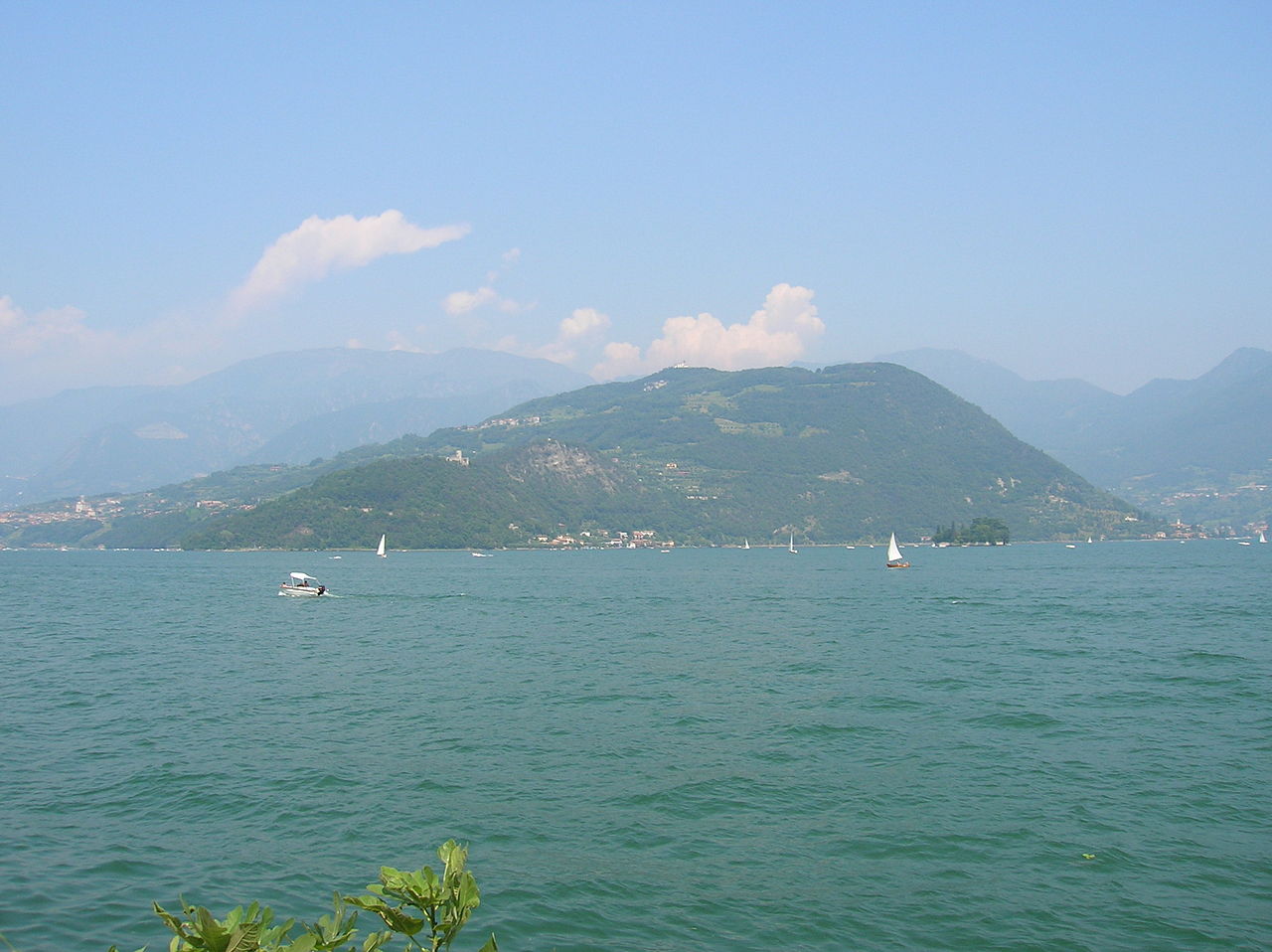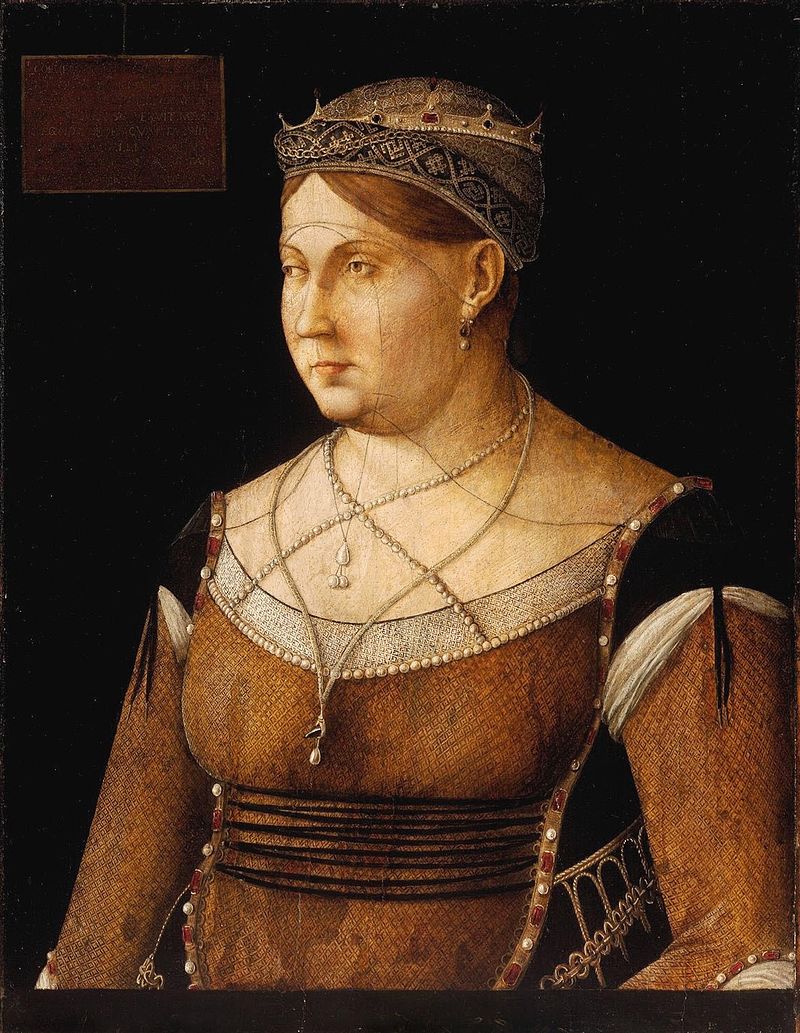Landschlacht, Switzerland, 14 January 2018
“This could be Rotterdam or anywhere, Liverpool or Rome.
´Cause Rotterdam is anywhere.
Anywhere alone. Anywhere alone.”
(The Beautiful South, “Rotterdam (or Anywhere)”, Blue is the Colour)
There are a couple of songs that I enjoy listening to from this group:
“Don´t Marry Her” – purely for its shock value.
“Rotterdam (or Anywhere)” – for the feelings its lyrics inevitably generate within me.

Above: Rotterdam
My wife recently bought me a new computer whose kinks and quirks I have yet to comprehend and overcome.
But these First World problems could have happened to anyone anywhere in the First World.
The sadness and annoyance at yet another piece of technology in my possession suddenly becoming obsolete, the frustration of having to master yet another new machine, I believe, are common emotions of someone of my generation trying to cope with the tools of a more modern time that make us sometimes feel obsolete as well.
During a break between completed errands in town and waiting for a train to take me to my only teaching job (at present) I spontaneously decided to visit the public library across the square from the Bahnhof (Train Station) St. Gallen.
Above: Bahnhof St. Gallen
To the library´s credit they do possess more English language books than I do in my own personal library (though my wife doesn´t believe this to be true).
Spontaneously I grab the works of three authors whose writing I have hesitated to read for various irrational reasons: Jonathan Ames (because he has struck me as being elitist), Maya Angelou (too urban with themes common to the USA but almost unrecognizable to white Canadians) and Margaret Atwood (out of pure and simple jealousy for her success rather than any logical premise at all).
I need to grow beyond myself and try to read authors for the value and power of their words rather than reject them without reading their works because of stupid preconceptions.
I begin with Ames´ Wake Up, Sir! for the simplest reason of all: his name takes precedence alphabetically.
My attempts to dispel my prejudices about Ames do not begin well….
In Chapter One, the damned hero of the book has a valet!
But I must admit that the opening situation of the book is one with which I can relate to….
Alan Blair, the protagonist of the novel, is awoken by his valet and informed that – Horror of Horrors! – his uncle is already up and about.
“It was only under these alarming circumstances that Jeeves would interrupt my eight hours of needed unconsciousness.
He knew that the happiness of my morning was dependent on having as little contact with said uncle as possible.”
I love my wife, but, like Blair´s uncle, she does not see how important solitude is to producing literature (or in my case, semblances of literature).
Like Uncle Irwin, my wife (being the well-organized German woman she is) has schedules that she adheres to, with a discipline well-trained soldiers would appreciate.
So, when she alters her schedule, I find myself suddenly in a funk and am uncertain as to how to recapture my muse with the alarming alteration of her presence demanding attention to herself rather than any attempts of creation I might be fostering.
Art is more akin to spontaneous ejaculations of expression and emotion, but even I realize that some amount of order and self-control are required to produce something worthy to be published.
Much like Uncle Irwin, my wife views sitting down and producing words on a computer (dead laptop or recently acquired mystery machine notwithstanding) akin to a kind of laziness.
For surely there are better things I could be doing with my time, such as household duties (husbands are, after all, unpaid valets), finding more employment as a teacher or requesting more hours at my “temporary” job as a barista.
She feels, and rightly so, that the inequality of our incomes puts an unjust burden upon her, but, in my defence, I argue that her education should leave her with a larger income than me and that money, as pleasant as it can be, is not the only criteria when it comes to devoting 80% of our lives to a job.
When work presents itself I do not shirk my responsibilities, but by the same token I do not want my life to be nothing more than living to pay bills.
I have more leisure time than she does as a doctor, but I would be lying if I said that I am not glad that I do.
I like having mornings to myself when I can write, or evenings when she has gone to bed exhausted and I am writing my electronic journal.
I like working weekends when the Café closes earlier than weekdays, leaving me free during the week – when I am not teaching – to go hiking or travelling while average people are chained to their workplaces.

It is a fine thing to go hiking on a Sunday, but nature is truly a wonderland on a Wednesday when most everyone is working leaving the wilderness to myself alone.
That having been said, my ability to travel would not be possible (at least in the same manner I have grown accustomed to since we got married) were it not for her superior income.
And, understandably, she wants to have leisure time to travel as well, though her desire for solitude is rarer for her than mine is.
So, except for conferences, when she travels I usually accompany her.
And, it must be said, as too swift as our travelling together can be, travelling alone can, on occasion, make a place feel like Rotterdam or anywhere.
I can appreciate a sunset alone, but sharing that same sunset does lend the dying day a certain poignancy that solitude does not.
There is an Island that we both visited this past summer that listening to “Rotterdam (or Anywhere)” always brings to mind, for had I not been with her not only might I not have seen the Island, I might not have appreciated it without her by my side.

Monte Isola, Italy, 4 August 2018
Traffic-free Monte Isola, Italy´s largest lake island, at over 3 km long and 600 metres / 1,969 feet high, at the south of the Lago d´Iseo, is defined by Italian legislation as an “area of particular importance from the natural and environmental point of view”.

Above: Monte Isola
(Bureaucrats should never write travel literature.)
Accessible by hourly ferries from the lakeside ports of Iseo and Sulzano, Monte Isola is a magnet for daytrippers in summers and at weekends, so the Island then is unlikely to provide much solitude.
Still, mid-season or out of season, the Island is well worth a visit, to walk or cycle around the edge of the Island and for great views of the lake.
The population of the Island (1,800 inhabitants) is spread over 11 villages and hamlets.
There are several churches built between the 15th and the 17th centuries with frescoes, statues and altars in vernacular art.
With a total area of 12.8 square kilometres / 4.9 square miles, Monte Isola ranks as the largest lake island not only in Italy, but also in Central and South Europe.

(The world´s largest lake island is Canadian: Manitoulin Island.)
The Island is served and reached by two main ports: Carzano to the north and Peschera Maraglio to the south.
There are indications of a Roman settlement, but the Island is first mentioned in a written document in 905 when it was listed among the properties of the monastery of San Salvatore in Brescia.
The family Oldofredi, rulers of Iseo, built two strongholds on the Island in the 11th to the 19th centuries.
One of these, on the lower promontory of the Island, covered by olive tree and wine cultivation, is the Rocca Oldofredi-Martinego, built in the 14th century as a strategic and defense point and then turned into a residence by the Martinegos during the Italian Renaissance.
Members of the powerful Visconti family came to the Island to hunt in 1400.
In 1497 Francesco Sforza, the Duke of Milan, gave the islanders some fishing rights and reduced their taxes.

Above: Francesco Sforza (1401 – 1466)
In the same year, Caterina Cornaro, Queen and last monarch of Cyprus, resided a while on the Island.

Above: Caterina Cornaro (1454 – 1510)
During the 19th century the main industry on the Island was the construction of boats and the manufacturing of fishing nets.
In 2016, Monte Isola was the site of the Floating Piers by artists Christo and Jeanne-Claude.

Above: The Floating Piers
In Peschiera Maraglio is the single-nave Church of San Michele Arcangelo.
Consecrated in 1648, this baroque church is notable for the many frescoes on the walls and ceiling and for its wooden carvings.
Climb the mountain from the small village of Cure in the middle of the Island.
The peak offers the most panoramic site of the Lago and from here it is possible to admire all the villages of both lakeshores, the natural reserve of Torbiere del Sebino and a large part of the mainland.
At the top, amongst walnut woods and ancient dolomite rocks stands the Shrine of the Madonna della Ceriola.
This 13th century church was the first parish church on the Island and the Madonna, the protectress not only of the inhabitants of Monte Isola but the entirety of Lago Iseo, is represented by a 12th century seated wooded sculpture carved from the trunk of a turkey oak.
Wander the Island and feel soothed by the barely tamed bushy copse woods containing oak, bay, hornbeam, ash and fruit chestnut trees.
Brown kites fly above, while wild ducks and great crested grebes swim below.
Agriculture, once an island mainstay, is nowadays practised more as a hobby, yet, nonetheless, it is the maintenance of this ancient art that still plays a crucial role in the preservation of the landscape heritage, preventing the Island being overdeveloped as a Tourist resort similar to other major northern Italian lakes such as Garda and Como.
The 1,800 inhabitants of this lake oasis move about by motorcycle or mini-buses which connect all hamlets and the two main ports.
All connections to and from the mainland run between Peschiera Maraglio and mainland Sulzano (the route we took) or between Carzano and mainland Sale Marasino.

This ferry service, operated by Navigazione Lago d´Iseo, runs every 15 to 20 minutes from 0500 to midnight and every 40 minutes between midnight and 5 a.m.
On Monte Isola cars are banned and the only cars allowed are the ones used for community services (ambulance, doctor, police, priest and taxi).
Motorcycles are for the exclusive use of permanent Monte Isola residents.
Bicycles can be rented in Peschiera Maraglio and Carzano.
It takes about an hour to circumnavigate the Island by bike.
But it is recommended to walk.
Stroll down the old mule tracks….
(The tracks are old.
Not sure about the mules.)
And the paths leading from the Lago to the top of the Island and to the Shrine.
This is an extremely interesting site, both from a natural and an artistic point of view.
The island´s littlest church contains contemplative quiet beauty and is both the oldest and the highest point on Monte Isola.

The rest of the Island itself is worth a look and a linger.
Artistic churches surrounded by tiny squares and large pale stone houses, sunny arcades, companionable courtyards, lovely landscapes, a rough and simple people – some still using ancient wooden farm tools – set in a solid and certain architecture and proud heritage.
Siviano, the most populated hamlet, is the central core of the community.

Above: Siviano
Here, here, is the town hall, the Kindergarten, the Primary School and the Secondary School, the post office, the bank, the two supermarkets.
Peschiera Maraglio, the main harbour of Monte Isola, has a tourist office, another bank, a chemist´s, another Kindergarten, many restaurants, hotels and shops.
Here we gather at the water and cast our nets.

Above: Peschiera Maraglio
Carzano was also a fishermen´s village, also all about the fish and fish preservation.
Here, every five years, the fishing folk decorate all the streets of the village with handmade paper flowers to celebrate the religious feast of the Holy Cross, drawing more than 10,000 visitors to watch the spectacle.

Here on Monte Isola it is possible to sleep in small silent hotels and to savour the endless ways to eat a fish.
Here the olive oil is extra virgin…
(Not sure about the girls…)
The lake sardines are salted, dried and bottled in oil….
(Much like the tourists…)
And salami flavoured in unique Monte Isola ways….
(Similar to the local ladies?)
The wife and I strolled from Peschiera´s docks, occasionally popping into shops and then settled ourselves down by the shore to watch children splash joyfully in the water.
Ute swam for hours while I read some forgettable tome important only at that and for that moment.
Day Five of our vacation and this day we had driven (or to be precise she drove us) from Bregamo to Sulzano, via Crespi d´Adda and Clusone.
We parked the car near the ferry port in Sulzano and waited for the boat to arrive.
A man in an ambulance gurney is taken off the boat, an ambulance waiting to take him to an emergency room in some nearby town with a hospital.
Was he a resident? A tourist?
Neither our Italian nor our courage was up to the task of enquiring as to the patient´s identity or circumstances.
On the Island while my wife waded amongst the crowd of mer-children the chilly recollection of the gurney man remained with me but not in a sad or morbid way.
I love my wife, but I won´t deny that my brain wanders off and wonders what it would be like to go somewhere, anywhere, and retreat to an “isolated” spot and devote myself solely to my writing.
(Of course, this is with the assumption that I have the financial means to do this, which, sadly, I do not.)
I fantasize about finding some remote village like Ezra Pound´s Rapallo, or some tranquil wilderness vista like Henry David Thoreau´s Walden Pond, or some artistic alcove like Ernest Hemingway´s in Paris, and devote myself purely to doing nothing but creation.
In my mind´s eye I see myself typing some novel or a magazine article in the early hours before dawn, strolling through the just-waking village to watch the sunrise and smell the baker´s first bread and rolls being prepared for sale, more writing in my small den until lunchtime, lounging in some intimate café soaking the afternoon sun into my bones like some self-indulgent cat, strolling to the harbour to see what cast of characters the lake has spawned this day, more writing just before sunset, down to the beach to watch the sun dissolve into dream tides of amnesiac waters, then walk with purpose and anticipation to my favourite restaurant and slowly sip glass after glass of some local wine until fatigue quietly whispers to me to return back to my bed.
I am not quite certain exactly where my writer´s retreat would be or whether it even could be.
My mind has had this writer´s retreat in Paris, in Ticino and Graubünden, in Lisbon, in Istanbul, and now on Monte Isola.
It wouldn´t have to be in Monte Isola or Istanbul, Lisbon or Paris, or in some remote hamlet in southern Switzerland or northern Italy.
It could be here.
It could be anywhere.
Wherever I go, there I am.
I think about the story of Caterina Cornaro (1454 – 1510), the last Queen of Cyprus (1474 – 1510), how she came to be a temporary resident here on Monte Isola after her husband died and Venice claimed control over Cyprus.
What must it have been like to be an exiled and deposed queen and living in isolation in an old fortress on an Island which has always been barely recognized by anyone?

Did she see her future as nothing more than a destiny of disillusioned despair and diminishment?
Does one need to be defeated, disillusioned and diminished before escaping to a retreat?
(Similar to Colin Firth´s character Jamie, in the film Love…Actually, retreating to a French cottage after he discovers his girlfriend having an affair with his brother.)
I hope not.
Though my time on Monte Isola was short, decidedly too short – time (and my wife) waits for no one and we had booked accommodation down the road some distance in Sirmione by Lago di Garda – I am still left with the desire to return some day to Monte Isola.
As good a place as anywhere.
Sources: Wikipedia / Google / Jonathan Ames, Wake Up, Sir! / The Rough Guide to Italy / http://www.comune.monteisola.it





